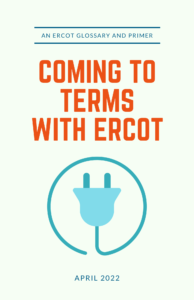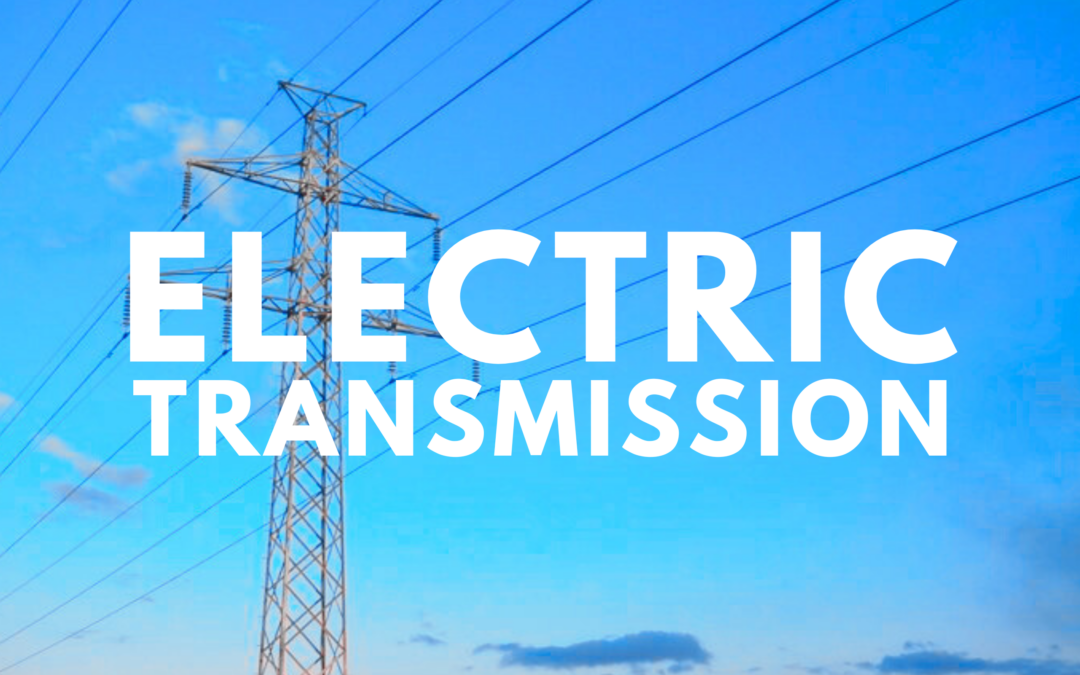Interested parties now have submitted 19 sets of responses to staff questions about the proposed Reliability Plan for the Permian Basin, which could be adopted by the PUC in September.
________________________________________________

For more policy reports, including the ERCOT glossary, click the Resources tab on the OCSC web site.
On July 25, 2004, ERCOT filed with the Public Utility Commission its proposed Reliability Plan for the Permian Basin required as part of House Bill 5066 from the 2023 Texas Legislative session. The estimated costs of the Permian Basin plan — which describes potential transmission upgrades and related capital projects for the energy-constrained area — range from $12.95 billion to $15.32 billion.
Though House Bill 5066 does not include a deadline for approval of the Permian Basin plan, a PUC memo issued in December notes the PUC’s intent to approve it next month. After approval, it is the PUC’s expectation that utilities will begin filing for Certificates of Convenience and Necessity (CCNs).
Interested parties now have submitted 19 sets of responses to staff questions about the proposed Reliability Plan for the Permian Basin. The greatest number of responses came from Transmission Service Providers (TSPs), industrial consumers (including oil & gas producers), and renewable power interests. Others respondents included Texas Electric Cooperatives, Texas Public Power Association, the Steering Committee of Cities, ERCOT, the Public Counsel, and NRG.
Major issues addressed by interested parties include:
Pace of Implementation
- TSPs, industrial consumers and renewable power interests called for the PUC to immediately adopt the full plan including transmission upgrades in the Permian Basin region and import paths into the Permian Basin.
- Texas Electric Cooperatives and the Steering Committee of Cities recommended a staged plan that allows the PUC to evaluate the pace of load growth over time.
- ERCOT recommended a two-phased plan that begins with local upgrades for 2030, followed by import paths in 2038.
- NRG requested a more thorough stakeholder process and PUC deliberation.
- TPPA and the Steering Committee of Cities recommended that in addition to the Permian Basin region, the PUC consider a reliability plan for Statewide transmission needs
- The Office of Public Counsel recommended further review by the Legislature.
Substantiating the Load Forecast and TSP Interconnection Requests
- TSPs, industrial consumers and renewable power interests generally supported adopting ERCOT’s new load forecast.
- Texas Electric Cooperatives, Steering Committee of Cities and NRG found the load forecast to be speculative, requiring further validation. LCRA is open to further vetting of non-confirmed load.
Adoption of Extra High Voltage (EHV) for Import Paths (500 kW or 765 kW network)
- With some exceptions, the TSPs, industrial consumers and renewable energy interests support construction of the import paths as part of the 345 kV network. Texas Electric Cooperatives also supported 345 kV import paths.
- Several respondents, including ERCOT, support the future possibility of an Extra High Voltage backbone across ERCOT.
Cost Allocation Alternatives
- Texas Electric Cooperatives recommended that the PUC consider direct cost allocation of Permian Basin plan transmission costs to the industrial loads in the Permian region.
- NRG recommended a new reservation and cost allocation model. Interconnection priority would be assigned based on an open and transparent bidding process, under this plan.
- RWE Clean Energy called for a formulaic cost cap on Extra High Voltage interconnections similar to the interconnection cost cap adopted by the PUC for generation interconnections.
Regulatory Oversight
- In general, TSPs, industrial consumers and renewable energy interests are satisfied with the PUC’s authority and process for CCN review, construction reporting, prudence review and Transmission Cost of Service as providing sufficient oversight. Several recommended additional construction reporting.
- Steering Committee of Cities supported review of each transmission element by the Regional Planning Group prior to submission of a CCN application.
- The Office of Public Utility Council called for a detailed technical and cost benefit analysis.
- NRG and Lone Star Transmission recommended the PUC engage an independent outside engineering consultant to review the plan and plan costs.
Next Steps:
- The PUC is scheduled to discuss the Permian Basin Reliability Plan at its August 15th Open Meeting.
- A PUC staff workshop is scheduled for August 22nd.
- The PUC could adopt a plan in September.

